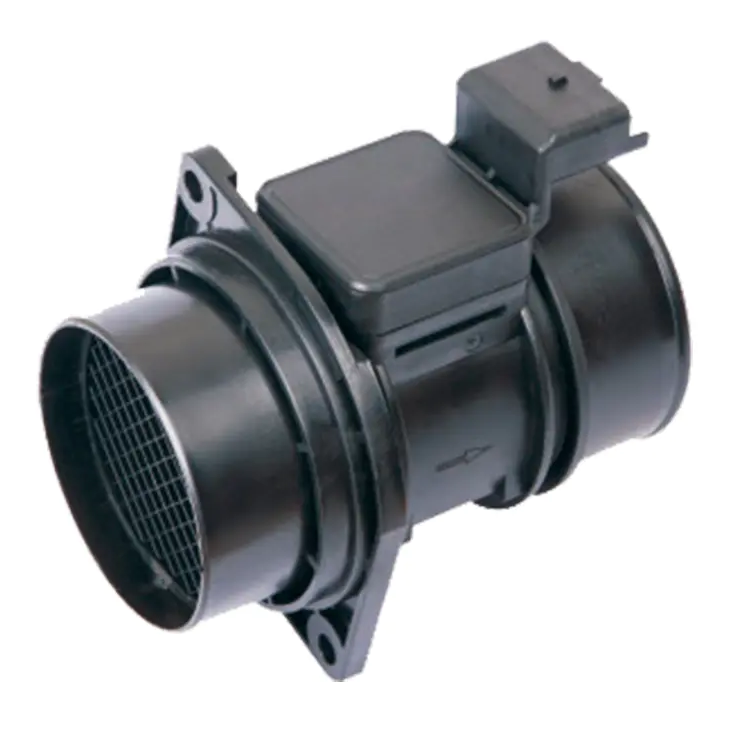Mass air flow meters play a significant role in vehicle engine systems by providing precise information about the air entering the engine. From a manufacturer’s standpoint, producing these sensors involves a combination of careful design, material selection, and quality control to meet the demands of automotive applications.
One key aspect in manufacturing mass air flow meters is ensuring accuracy. The sensor must reliably measure the air flow to support the engine control unit in optimizing fuel injection. Achieving consistent accuracy requires precise calibration and the use of advanced sensing technologies. Manufacturers often implement rigorous testing processes to verify sensor performance under different airflow conditions.
Durability is another important factor. Mass air flow meters operate in harsh environments within the engine compartment, where they are exposed to high temperatures, vibrations, and contaminants. Choosing materials that can withstand these conditions is critical to the product’s longevity. Manufacturers focus on corrosion-resistant components and protective housings to shield sensitive parts.
The design flexibility of mass air flow meters is also a priority during production. These sensors come in various types, including hot wire and vane meters, each suited to different vehicle designs and engine configurations. Manufacturers adapt their production lines to accommodate these different models, ensuring that each sensor fits specific engine requirements.
Manufacturing processes must also consider ease of installation and maintenance. Mass air flow meters are often designed with standard connectors and mounting systems to streamline the replacement process. This helps vehicle service providers perform maintenance efficiently, reducing downtime.
Quality assurance plays a central role throughout the manufacturing cycle. Automated inspection systems and statistical process controls are commonly employed to minimize defects and ensure consistency. Each batch of sensors undergoes performance testing to meet industry standards and customer expectations.
Thermal management is incorporated into the manufacturing process as well. Sensors are designed with integrated cooling mechanisms to maintain stable operating temperatures. This feature helps maintain sensor accuracy during engine start-up and various driving conditions.
Manufacturers also pay attention to environmental adaptability. Mass air flow meters are tested for functionality across a range of temperatures and altitudes. This ensures their reliability in diverse geographic regions and climatic conditions.
Lastly, as fuel technologies evolve, manufacturers develop mass air flow meters that support different fuel types, including alternative fuels. This adaptability requires ongoing research and development efforts to ensure sensor compatibility with varying combustion characteristics.
In summary, manufacturing mass air flow meters involves a focus on accuracy, durability, design flexibility, installation convenience, quality assurance, thermal management, and environmental adaptability. These considerations help produce sensors that effectively contribute to engine efficiency and emissions control in modern vehicles.
